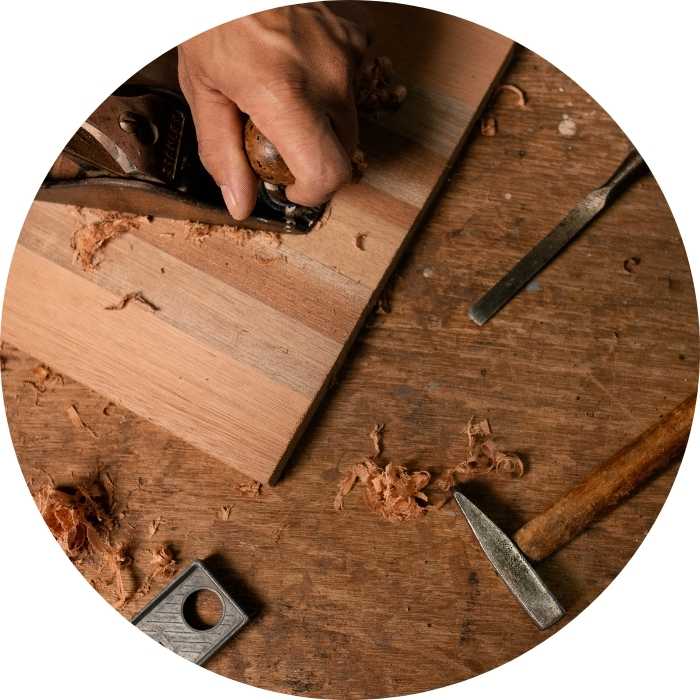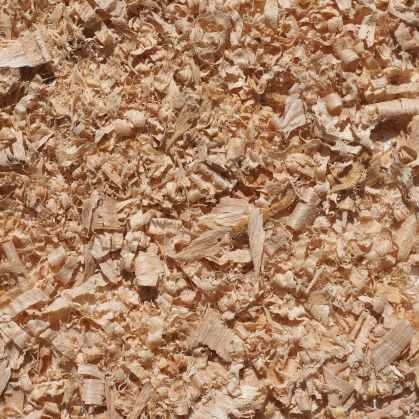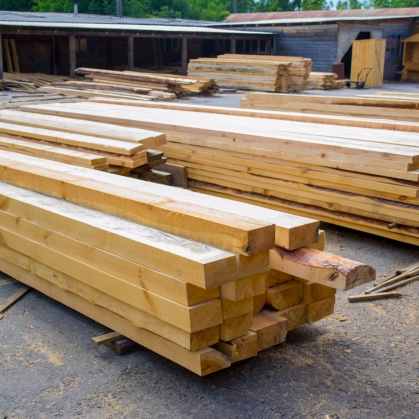Woodworking
Woodworking has been in practice since the times of Ancient Egypt. Crafting furniture, tools, and other items has been a staple of human life for quite some time. Many things are made from wood such as furniture, cabinets, sculptures, etc. Those with woodworking skillset are mainly employed in manufacturing. The industry itself is projected to reach almost $12 billion by 2025. With such a huge industry, great care needs to be taken to ensure a clean and safe working environment. This is where dust collection and air filtration comes into play.
Learn More
What is in the Dust?
Depending on what type of wood you are dealing with, the dust particulate may be different. For example, hardwood dust is a lot finer than softwood dust. But what exactly is wood composed of? Wood is comprised of cellulose, polyose, and other substances that when it is sawed, drilled, cut, or trimmed it will release dust. This dust is so fine that it cannot be seen with the human eye; and in turn this makes it the deadliest.
While we can see sawdust, it is still important to prevent the inhalation of that as well, the extremely fine particles can deeply penetrate the lungs.

Dust Types
- Wood Dust
- Sawdust
- Hardwood Dust - Fine
- Softwood Dust

Health Risks
When workers are exposed to wood dust, they are at risk for a number of health issues including eye, nose, and skin irritation. A person can also develop long-term health problems such as asthma, Chronic Obstructive Pulmonary Disease (COPD), and also nasal cancer. When a person inhales fine dust particles, these particles can go deep into the lungs and cause persistent respiratory issues.
Most woodworkers wear personal protective equipment to limit and prevent exposure. It is also important to invest in a dust collection system to capture dust at the source. Things such as vacuums can also be used for housekeeping and cleaning.

OSHA Regulations
The wood industry is subjected to regulations just like any other industry. One of these being OSHA regulations. When dealing with "nuisance dusts", it is essential that safety is a #1 priority. Facilities must follow proper cleaning and housekeeping procedures as well as following Permissible Exposure Limits (PEL) setup by OSHA. The limit for nuisance dust is 15 mg/m3 , total dust (5 mg/m3 , respirable fraction) 8-hour time weighted average.

Combustible Dust Risks
A lot of dust generated in woodworking is combustible. This means that it is extremely likely to combust when ignited by an ignition source. For example, fine sawdust is highly combustible. Ignition sources can be a spark generated from equipment, electrostatic discharges, or even something as simple as a cigarette butt. That is why it is so important that work areas are kept clean and dust-free.
It is more than essential to protect workers, and manufacturing facilities from dust explosions. Once it ignites there is no stopping the explosive chain reaction. Implementing dust control and industrial air solutions is a good preventative measure.




